By Neenah Payne
Scientific American warns that the world’s remaining topsoil will be gone within 60 years. So, unless we find a way to save our soils, we have just 60 harvests left. Industrial chemical agriculture is destroying our soils and our health. Since it ramped up in the 1970s, we’ve lost one third of the Earth’s topsoil.
When soils are damaged, the soil turns into dust in the process is called “desertification”. About 60% of the world is turning into deserts -- pushing 40 million people every year off their land. By 2050, it’s estimated 1 billion people will be refugees of soil desertification. The soil, plants, animals, people, and the climate are connected in an a fundamental and astonishing way only recently fully understood.
Plans have been proposed that misunderstand the roles of carbon in life and cows in agriculture. Solving our urgent life-threatening problems requires that we sort through the divisive and highly-politicized confusion. Bill Gates is proposing fake meat on the theory that methane from cows is contributing to the problems and he wanted to block out the sun. A system of carbon taxes has been proposed to theoretically punish industries and countries that produce too much CO2.
However, the film Kiss The Ground explains, “When it comes to the role of carbon in our world, there’s a bit of confusion. Carbon isn’t bad. In fact, it’s the basis for all life on Earth. We’re built by carbon. The soil microbes run by carbon. Carbon is a driving engine. It runs the system. We breathe carbon dioxide out and plants breathe it in.” John Wick, co-founder of Marin Carbon Project says, “There’s a tendency right now for us to be at war with carbon. Carbon’s the “bad guy” and I think that’s a lost opportunity. Carbon’s the good guy. We’re carbon. I’m 16% carbon and all of it came from eating vegetation.”
Ecologist Allan Savory shows in his viral Ted Talk linked to further below that cows are THE KEY to restoring our soils, providing clean water, feeding the world, protecting the oceans, and preventing drought and floods which drive political unrest and mass migration to cities and other countries. Understanding this profoundly different perspective is key to preventing the Sixth Great Extinction.
Allan Savory: Grazing Animals Is The ONLY Way To Restore Land
Allan Savory, Founder, Holistic Management, warns: “Poor land leads to poor people which leads to social breakdown”. Savory’s 2013 Ted Talk How To Green The World’s Deserts and Reverse Climate Change is among the TOP 100 MOST-WATCHED TED TALKS. It has been seen by over 7 million viewers and is going up by thousands a day. Savory explains why livestock -- now used on five continents on 37 million acres -- are the ONLY protection for soils and water and the ONLY way to save our civilization.
Savory said in his talk at Harvard linked to further below that this Ted Talk overcame 50 years of academic opposition to these ideas. He explains that when public opinion changes, government policy changes. So, you can help shift policies by sharing this Ted Talk.
Allan Savory’s Holistic Management: Key To Soil Restoration
Running out of Time | Documentary on Holistic Management
Allan Savory explains how he used Holistic Management to transform his land in Zimbabwe.
In 2010, Savory and his wife Jody Butterfield founded the Savory Institute in Boulder, Colorado to promote restoration of grasslands worldwide. Today, Holistic Management is practiced by tens of thousands of people around the world with about 40 million acres under Holistic Management.
Savory Institute:
“Loss of grasslands leads to climate change, floods, droughts, famine, and worldwide poverty. It’s our mission to promote large-scale restoration of the world’s grasslands through Holistic Management. Holistic Management is a process of decision-making and planning that gives people the insights and management tools needed to understand nature: resulting in better, more informed decisions that balance key social, environmental, and financial considerations.”
Holistic Management Textbook Holistic Management Handbook
Allan Savory Presenting at Harvard Law School
"Ecologist, Allan Savory, speaks to a crowd of 200 at an event sponsored by Harvard Food and Law Society. Allan talks about the power of properly managing livestock to reverse desertification."
Allan Savory's Home in Zimbabwe
"Allan Savory and his wife Jody live in Zimbabwe in traditional thatch-roofed mud huts entirely off-grid with solar cells, LED lanterns, and a solar hot water heater. He goes everywhere barefoot. He was born and raised in Zimbabwe and lives approximately half of the year at his traditional home at the Africa Centre for Holistic Management."
Holistic Management
The video Communal Holistic Management says:
“The first Savory Hub, their story, and the development of the communal Holistic Management program. Featuring Allan Savory, Jody Butterfield, Precious Phiri, and Tony Ndoro of the Africa Centre for Holistic Management.”
“Alan Savory, born in Zimbabwe and educated in South Africa (University of Natal, BS in Zoology and Botany) pursued an early career as a research biologists and game ranger in the British Colonial Service of what was then Northern Rhodesia (today Zambia) and later as a farmer and game rancher in Zimbabwe. In the 1960s, he made a significant breakthrough in understanding what was causing the degradation and desertification of the world’s grassland ecosystems and, as a resource management consultant, worked with numerous managers on four continents to develop sustainable solutions.
In 1979, he immigrated to the United States where he continues to work with land managers through his consulting business. In 1992, Savory and his wife Jody Butterfield founded the Africa Centre for Holistic Management in Zimbabwe. In 2009, they and colleagues co-founded the Savory Institute in Boulder, Colorado to form an international network of entrepreneurial innovators and leaders committed to serving their regions with the highest standards of Holistic Management training and implementation support. The Africa Centre became the first of the Savory Network Hubs.”
“Jody Butterfield was born in Salt Lake City, Utah. She holds degrees in Journalism (BA) and American Studies (M.A.) Jody is a Savory Institute co-founder and its Chief Curator who has worked over the last 30 years to communicate the story of Holistic Management. She worked initially as a freelance writer and then as a collaborator with husband Allan Savory on books, articles and papers, including the basic texts still in use today. In 1992, Jody and Allan co-founded the Africa Centre for Holistic Management, donating a ranch near Victoria Falls, Zimbabwe to serve as a learning site for people all over Africa. Jody led the Africa Centre team that developed the methods and materials for introducing Holistic Management to communal farmers and a program that has trained over 200 community facilitators from NGOS, development agencies, and government ministries in the Southern African Region and beyond.”
Can sheep save the planet? Yes - says Allan Savory!
In this shocking presentation, Allan Savory explains why city dwellers are most at risk with the destruction of the world’s farmlands.
Farming Sustainably with Regenerative Agriculture | Restoring Paradise
“Regenerative agriculture offers a future for sustainable farming of meat in line with nature’s needs, by using holistic management and organic/biodynamic practices and even sequestering carbon in the soil – so important in our response to our climate crisis. At Mangarara, in New Zealand’s beautiful Hawke’s Bay, Greg Hart and his family are in the process of restoring 1500 acres of land, conventionally farmed for over 150 years, into the paradise it once was.”
Hart is using the methods developed by Allan Savory.
Living Soil
The Living Soil video explains that carbon serves as a “currency” in the world underground. Plants exchange the carbon (carbohydrates/sugars) they create from the carbon dioxide they breathe in for nitrogen and other nutrients they need which are created by billions of microorganisms in the soil.
“Our soils support 95 percent of all food production, and by 2060, our soils will be asked to give us as much food as we have consumed in the last 500 years. They filter our water. They are one of our most cost-effective reservoirs for sequestering carbon. They are our foundation for biodiversity. And they are vibrantly alive, teeming with 10,000 pounds of biological life in every acre. Yet in the last 150 years, we’ve lost half of the basic building block that makes soil productive. The societal and environmental costs of soil loss and degradation in the United States alone are now estimated to be as high as $85 billion every single year. It’s time we changed everything we thought we knew about soil. Let’s make this the century of living soil.”
Nebraska farmer Keith Berns points out, “When we run cattle on the ground, it really increases the soil health much quicker than when no livestock is involved.” Bill Buckner, President and CEO of Noble Research Institute in Oklahoma said in a speech at the Soil Health Institute that the entire agricultural industry is going through a transformation now. He explained, “The answers to many of the serious issues we currently face as a society -- climate adaptation, safe and affordable food, and clean water all begins with and depends on the health of the soil.”
The video concludes:
“Farmers in the U.S. are growing cover crops and using other soil health practices on an at least 17 million acres of farmland as of 2017, a dramatic increase over a decade earlier. However, that acreage represents less than 10% of the cropland in the U.S., meaning there is still a considerable distance to go.”
Kristin Ohlson, the author of The Soil Will Save Us: How Scientists, Farmers, and Foodies Are Healing the Soil to Save the Planet. See her video talk Kristin Ohlson at "How to Feed the World and Cool the Planet: Soil Is the Solution".
Book: Cows Save the Planet
Amazon says:
“Kristin Ohlson makes a passionate case for 'our great green hope'—a way in which we can not only heal the land but also turn atmospheric carbon into beneficial soil carbon. Thousands of years of poor farming and ranching practices—and, especially, modern industrial agriculture—have led to the loss of up to 80 percent of carbon from the world's soils. Ohlson introduces scientists, farmers, ranchers, and landscapers who are figuring how to build healthy soil, which solves myriad problems: drought, erosion, air and water pollution, and food quality.”
Ohlson says Parker Bosley, a restaurateur, told her, “Carbon farming. That’s the new thing.” He said there was a new movement among small farmers. Sometimes they call themselves soil farmers or microbe farmers, aware of the billions of tiny creatures that were at work in the soil. Sometimes they call themselves carbon farmers, knowing carbon is making their soils richer, moister, and darker.
Ohlson says,
“I was stunned to learn about life in the soil, a vast underground kingdom of microorganism without which life as we now it wouldn’t exist. Plants use sunlight as energy. They pull carbon dioxide out of the atmosphere. They turn it into a carbon fuel to grow. They send 40% of that carbon fuel down to their roots. Plants are feeding soil microorganisms carbon and the soil microorganisms are bringing plants mineral nutrients. Those microorganisms make little pockets in the soil to control the flow of air and water.”
Dr. Kristine Nichols, Chief Scientist, Rodale Institute, says,
“In every handful of healthy soil, there are more organisms than the number of people who have ever lived on Planet Earth! Those organisms are processing organic matter in the soil and putting the nutrients into a form the plant needs.”
In Soil Health - Dr. Kristine Nichols, Rodale Institute, Dr. Nichols says, “All our soils that are under chemical conventional agriculture are almost completely devoid of microorganisms.” Spraying the soils with toxic chemicals kills the microbes we need to give us health and to pull the carbon from the atmosphere. The film points out, “Taking care of the microbes in the soil is critical for human health”.
Cows Save the Planet: And Other Improbable Ways of Restoring Soil to Heal the Earth shows that nature is designed to be self-healing. It explains that Allan Savory’s Holistic Management shows the central role of pasture-fed cows in saving our soils, feeding the world, providing clean water, and restoring the oceans.
Allan Savory’s Regenerative Agriculture
Meet Allan Savory, the Pioneer of Regenerative Agriculture | Successful Farming
"Spencer Smith wades through a pasture on his California ranch. A few years ago, these fields were parched and far less vigorous, but they rebounded quickly under regenerative management. If degraded grasslands were turned around on a large scale, the Savory Institute estimates enough carbon could be sunk into the soil to lower greenhouse gas concentrations to pre-industrial levels in a matter of decades."
Dr. Zach Bush: The Health of Our Soil Determines Our Health
Dr. Zach Bush warns that we are in the Sixth Great Extinction now and human survival depends on the urgent restoration of our soils to provide nutritious foods. GMO foods are causing our healthcare budget to bankrupt us. He says converting to organic farming is not sufficient because most US organic farmers are forced to till the soil which is as destructive as GMO pesticides.
Dr. Bush is working with farmers throughout the Midwest to facilitate the shift to Regenerative Agriculture. Their yields rise from $40 to $500-$900 per acre with improvements the first year. A million acres in the US have been regenerated. The goal is to convert five million more. Farmer’s Footprint helps support farmers in the transition process.
Dr. Bush offers the free film Farmer’s Footprint: A Path To Soil Health and Food Independence.
Also see “THE WAY OUT” WITH ZACH BUSH
Neenah Payne writes for Natural Blaze and Activist Post
Originally posted here: https://hive.blog/health/@activistpost/allan-savory-how-cows-can-save-the-world
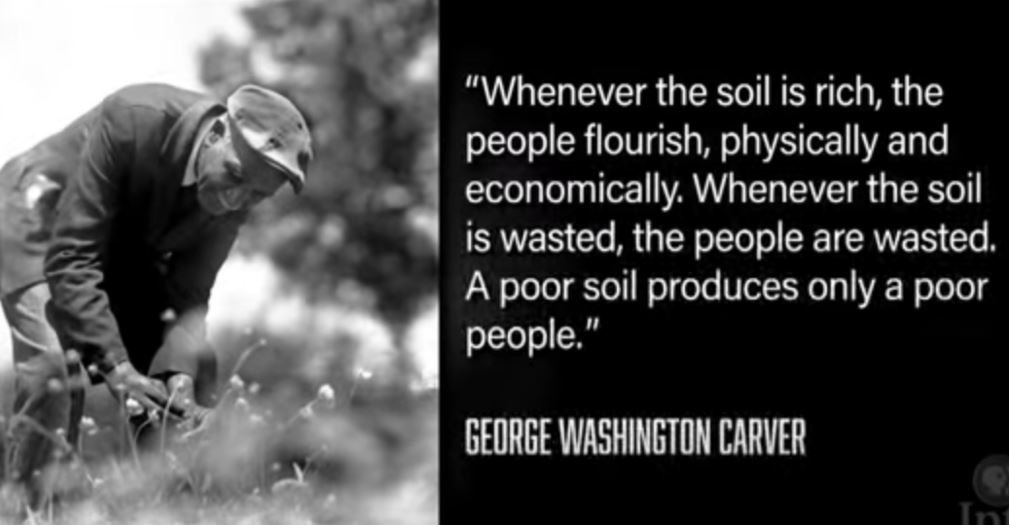
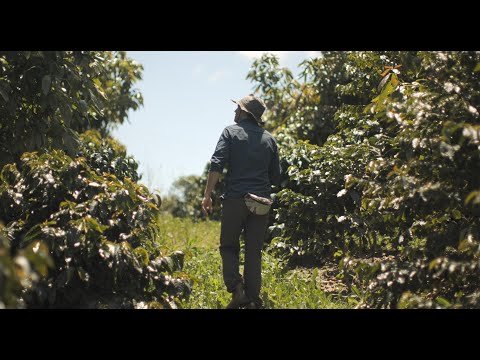
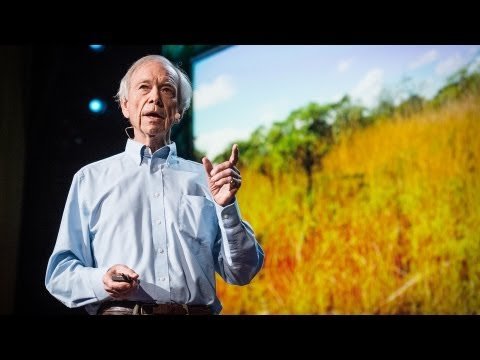


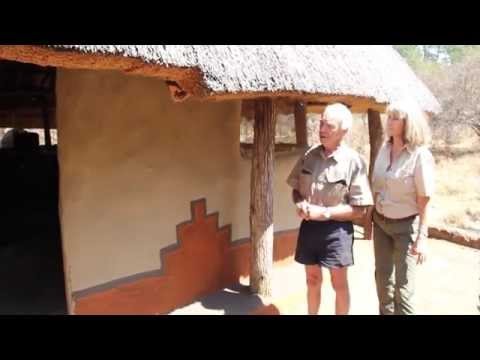

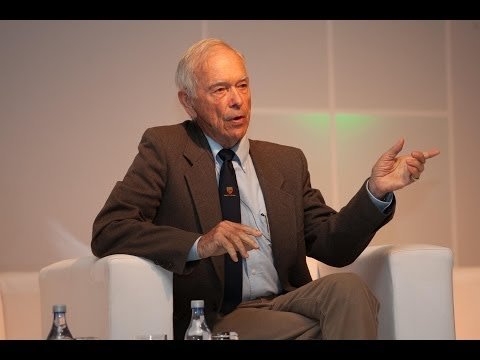
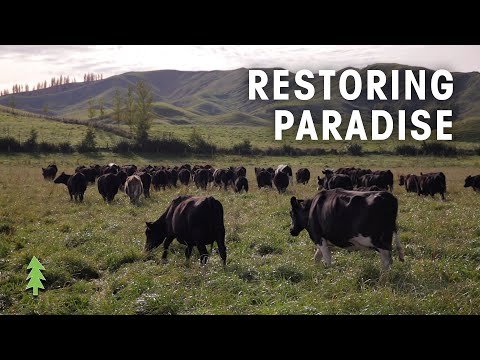
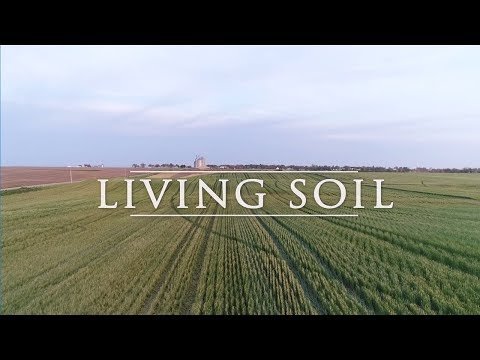

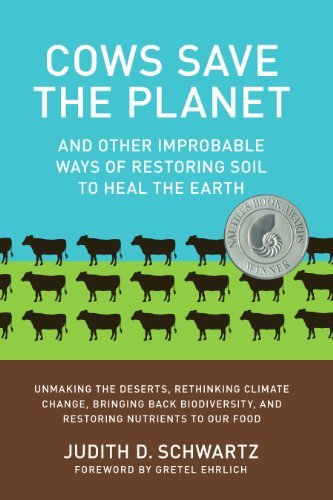
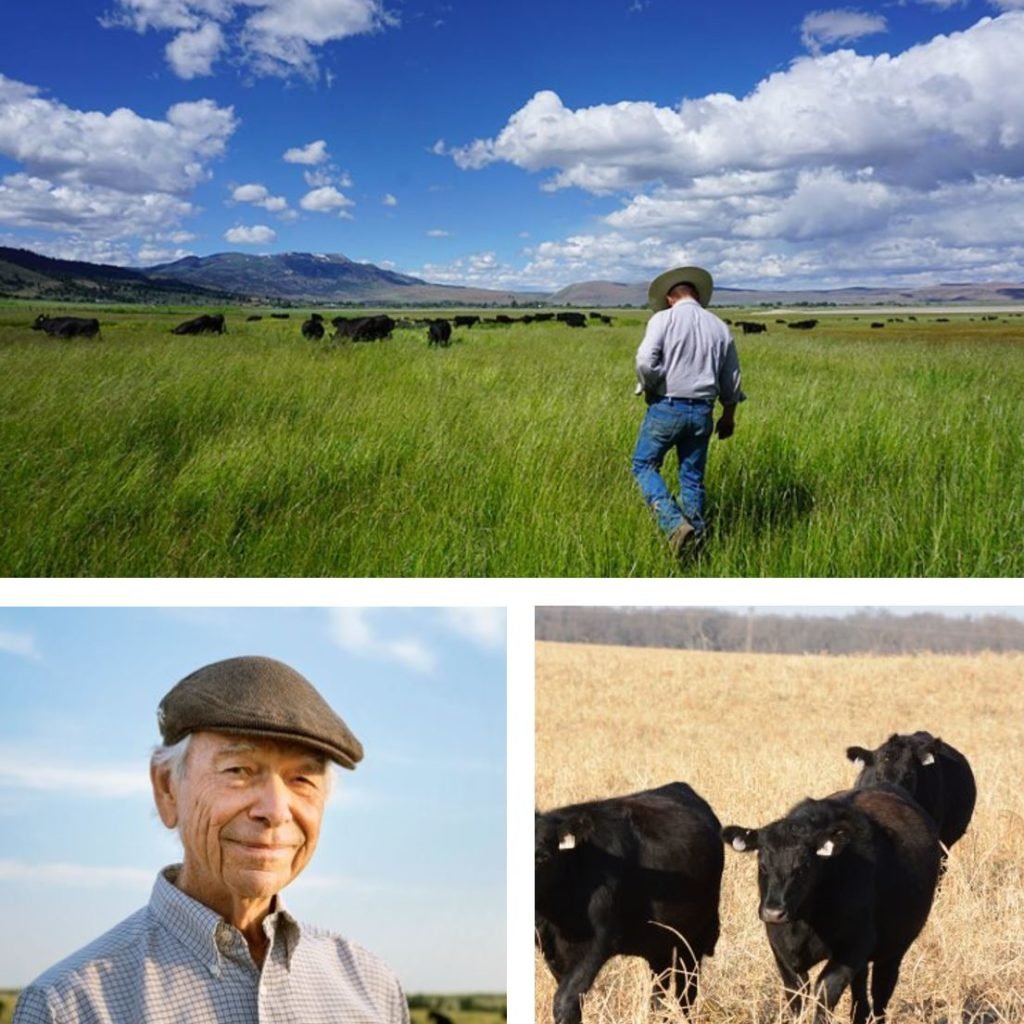
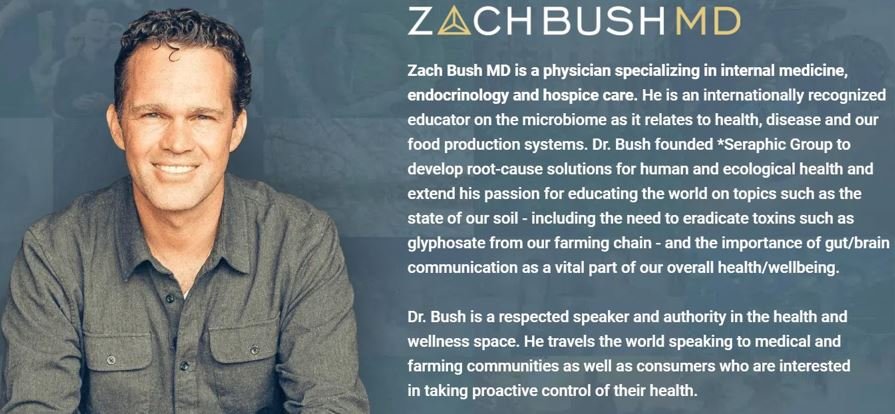
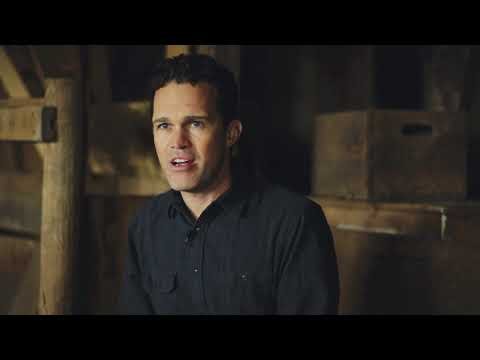
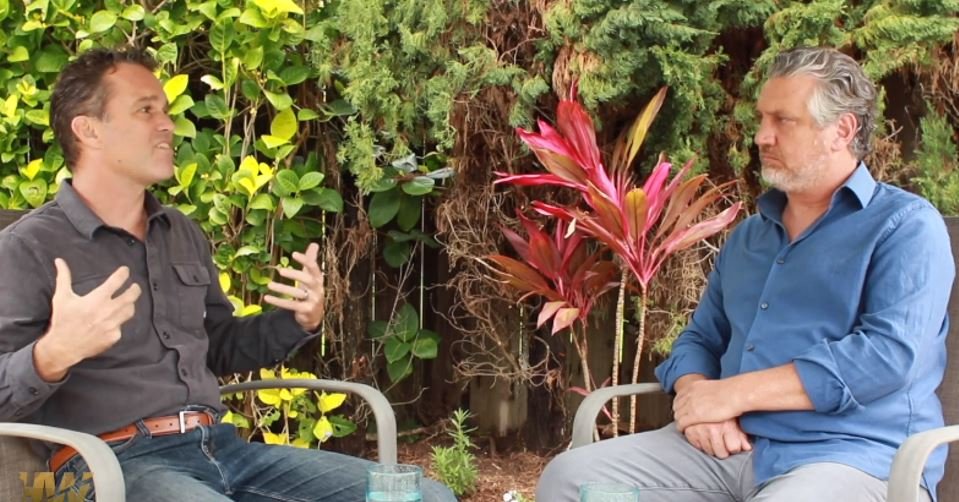
No comments:
Post a Comment